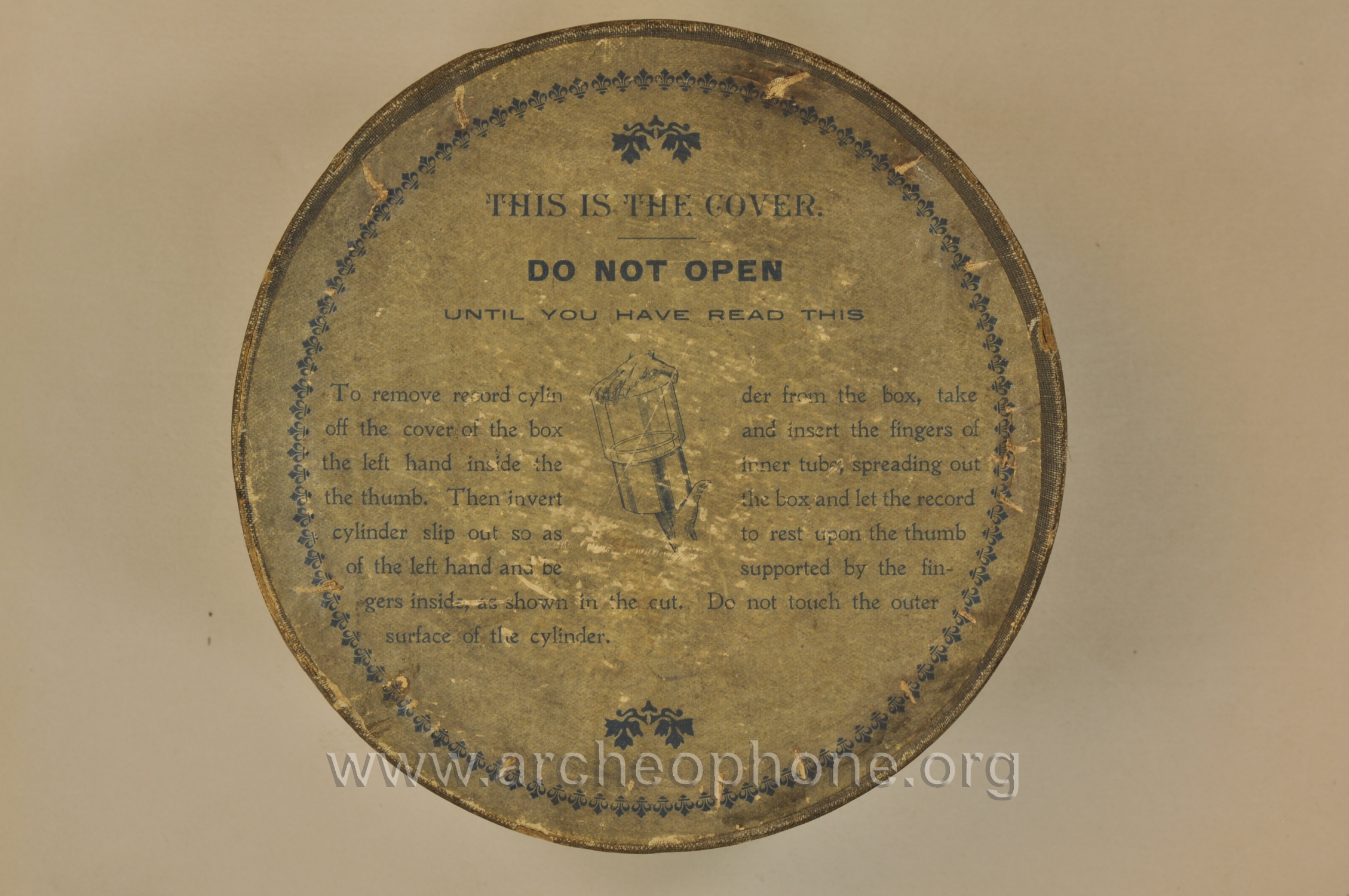 | 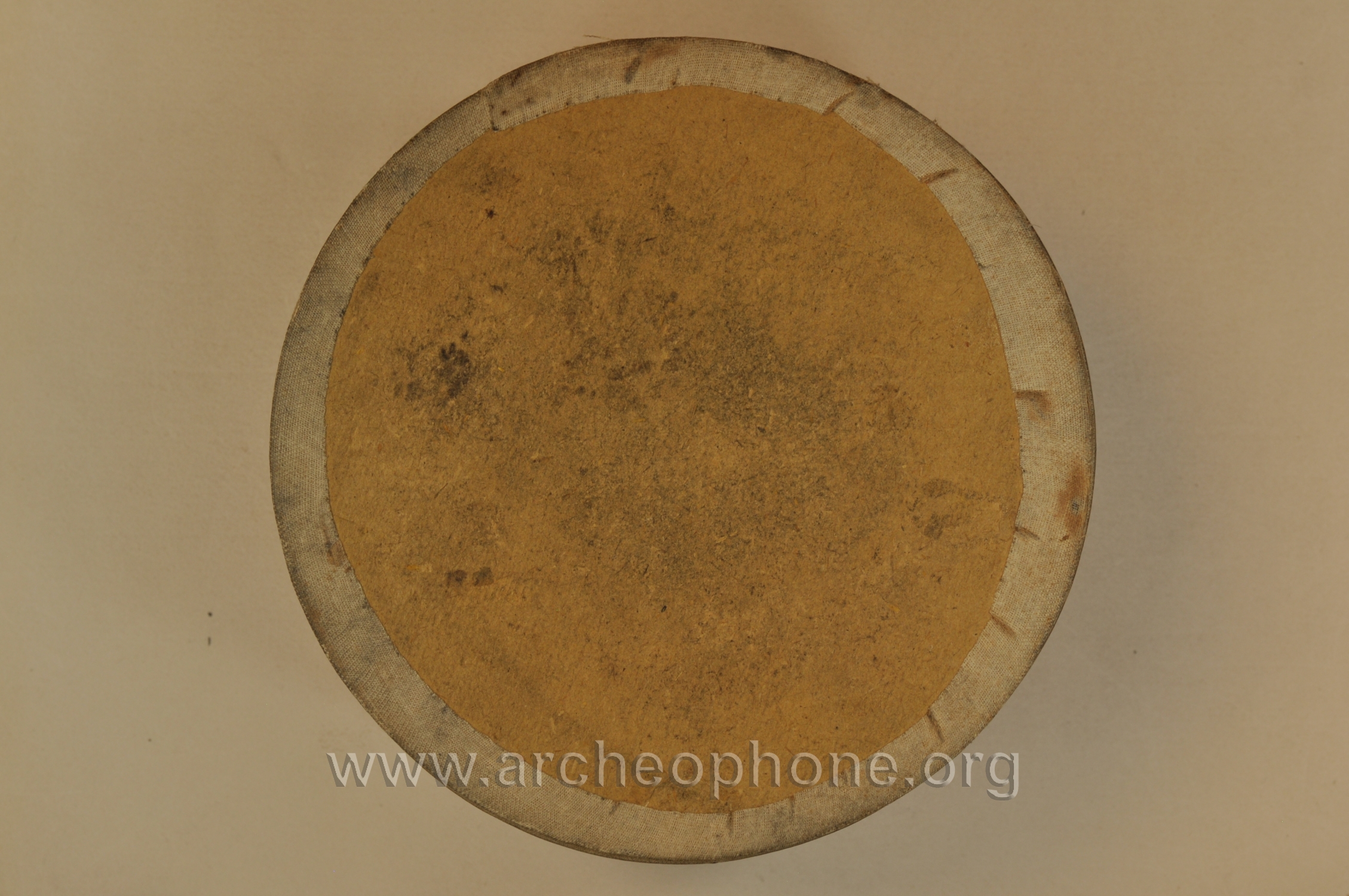 |
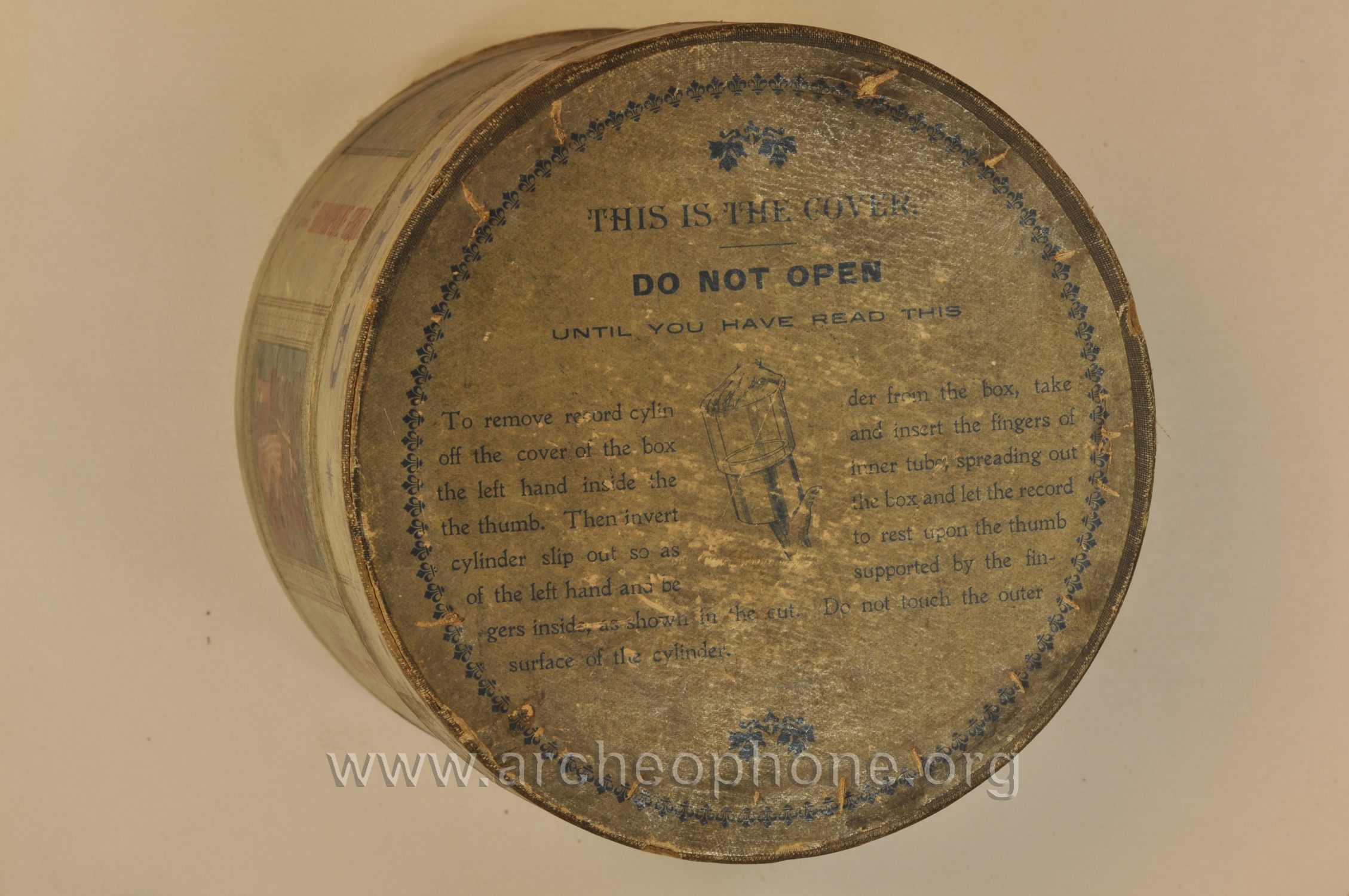 | 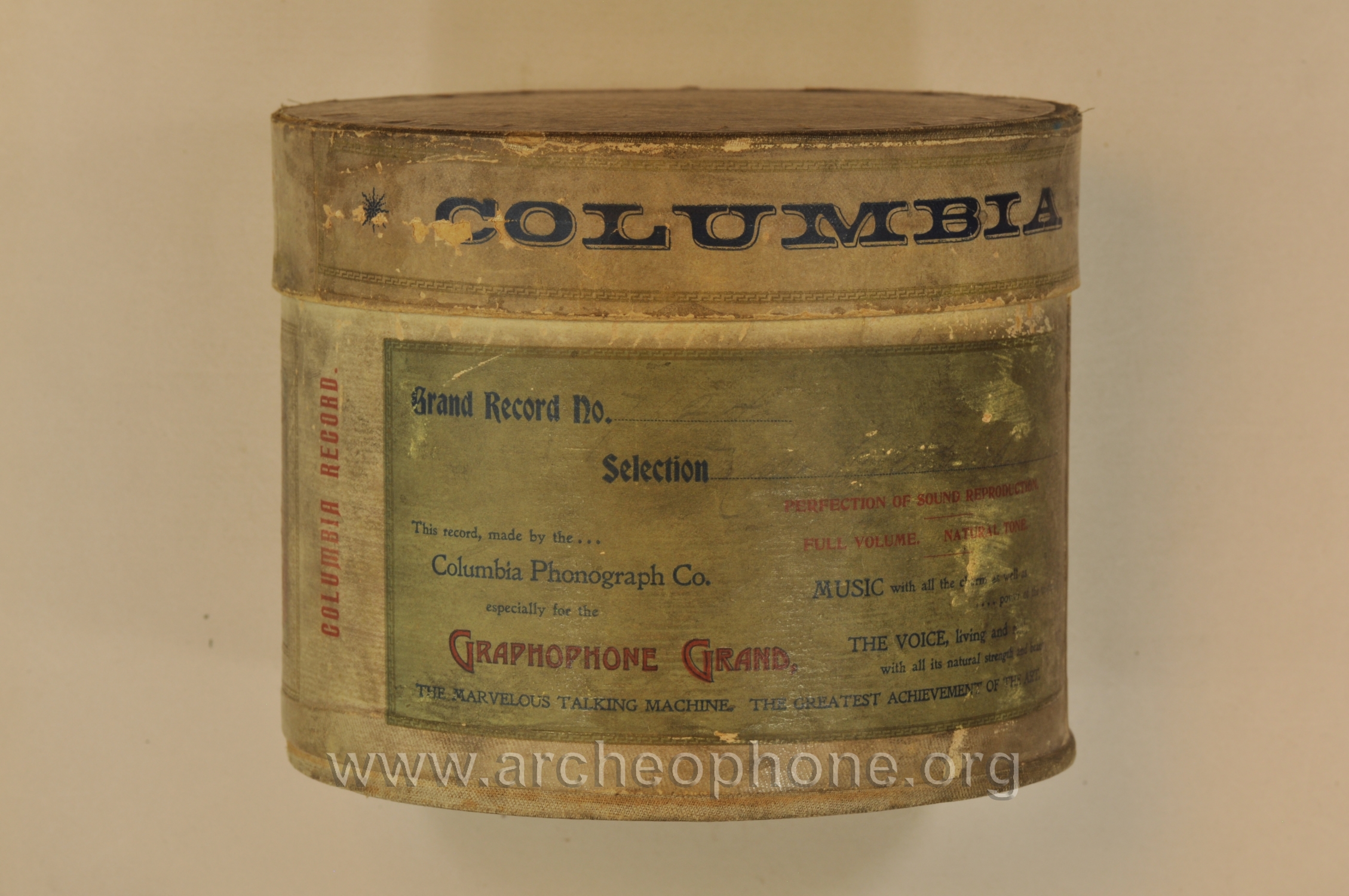 |
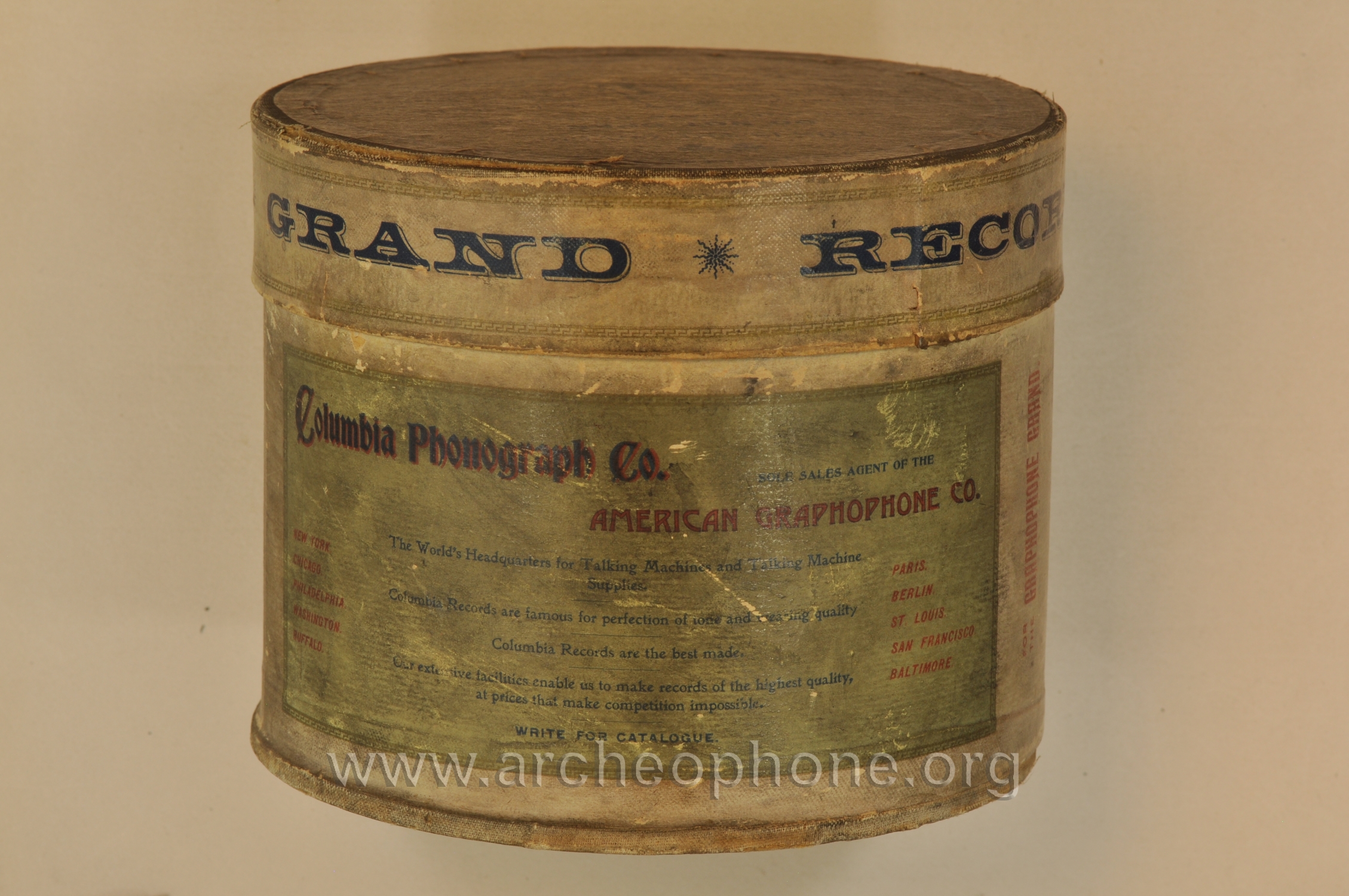 | 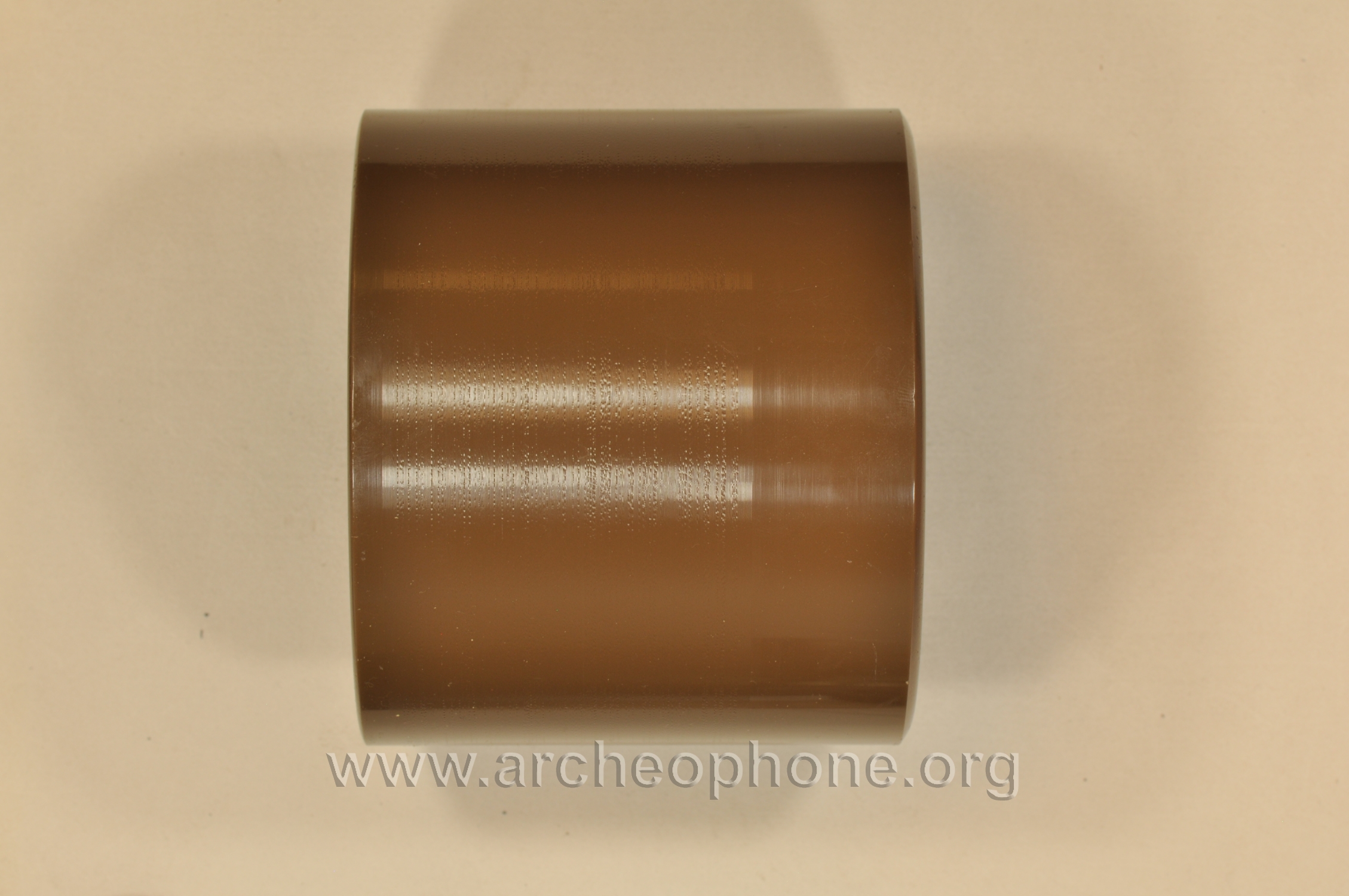 |
 |
One of the most thrilling stories of the conflict is the official report of vice-admiral Tōgō telling of the final and successful effort to blockade the entrance to Port-Arthur harbour. Without any effort to glorify the heroic conduct of the men engaged in it and simply reciting the facts he tells the story of daring which has few equals in the hour of the war. The picture shows the troops of Japanese naval heroes which includes some of these "hard sons of Japan".
We will not attempt to name them individually. The blockade-heading flotilla, when approaching the entrance to Port-Arthur for the purpose of sinking stone-laden ships were scattered by a terrific storm. The commander signaled to abandon the attempt until the storm subsided but his signals failed to reach those for whom they were intended and the crews of the separated flottila proceeding each on their own initiative or stay away in the face of the Russian fire in the mouth of the harbour, over the field of mines and into the town which they thought to blockade.
Upon that channel the Russian force poured a perfect storm of shells from the land batteries.
To render upon that desperate end was to invite certain death and yet the crews of these blockading ships went eagerly to the task.
One after the other they steamed boldly into the harbour, played upon by powerful search lights, located their ships in the desired position. They then blew them up.
This feat was performed after many failures when it was known that the Russian defenses were on the alert and would seek to report any attempt of this character.
The chances for escape were almost none and the officers and crew afore of the blockading vessel all went down to death. The Midshipman shown in the full length figure was among those who perished.
Transcription corrected and completed by Michael Purdue
Note by Kurt Nauck:
This particular operation occurred on May the 3rd, 1904. "The Hobsons of Japan" : the term Hobsons derives from a fellow by the name of Richmond P. Hobson who was an American naval officer during the Spanish-American war and on June the 3rd 1898 he was engaged in an attempt to sink a ship in the channel leading into Santiago harbour, Cuba in order to bottle-up a Spanish naval squadron. The cylinder itself is talking about guys who is calling Hobsons because they were trying to do the same sort of thing, they were taking a flotilla of ships into the channel of Port Arthur harbour, the ships filled with rocks, so they could sink them in a shallow part and thereby blockade the Russian fleet inside theat harbour. They were unsuccesful in that attempt however due to incoming fire from the Russians and fierce winds that were blowing them of course. That just describes a particular engagement on a particular day which was May the 3rd 1904.